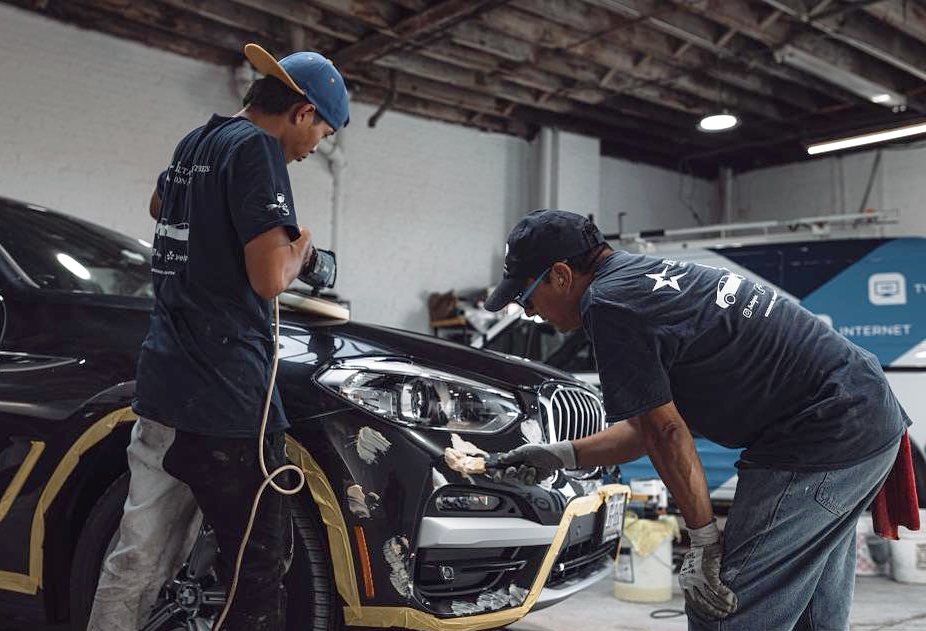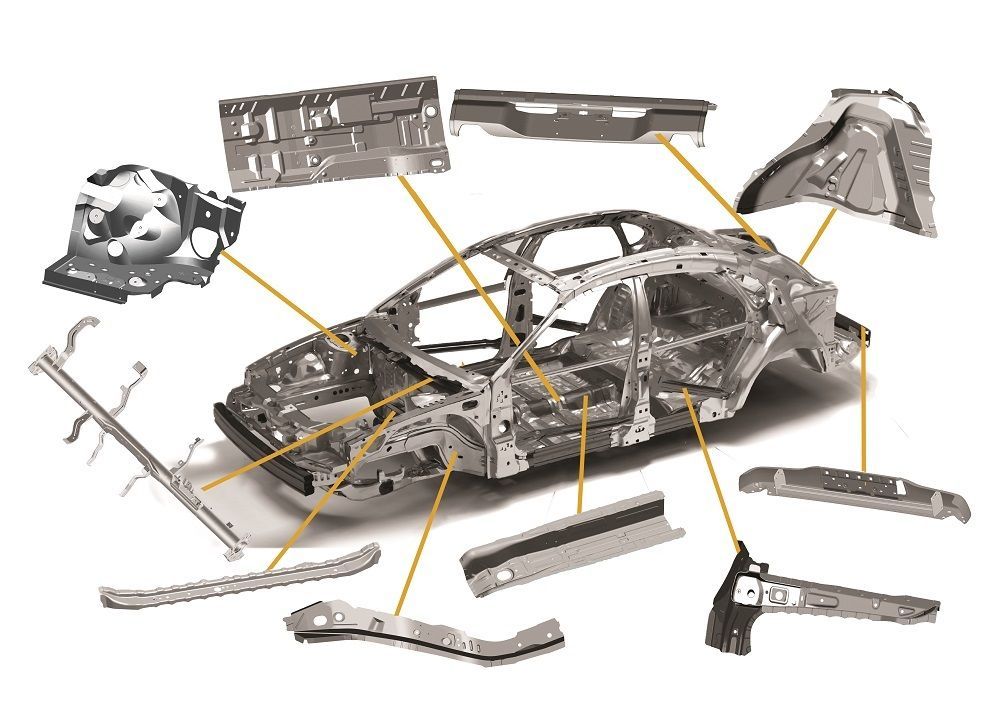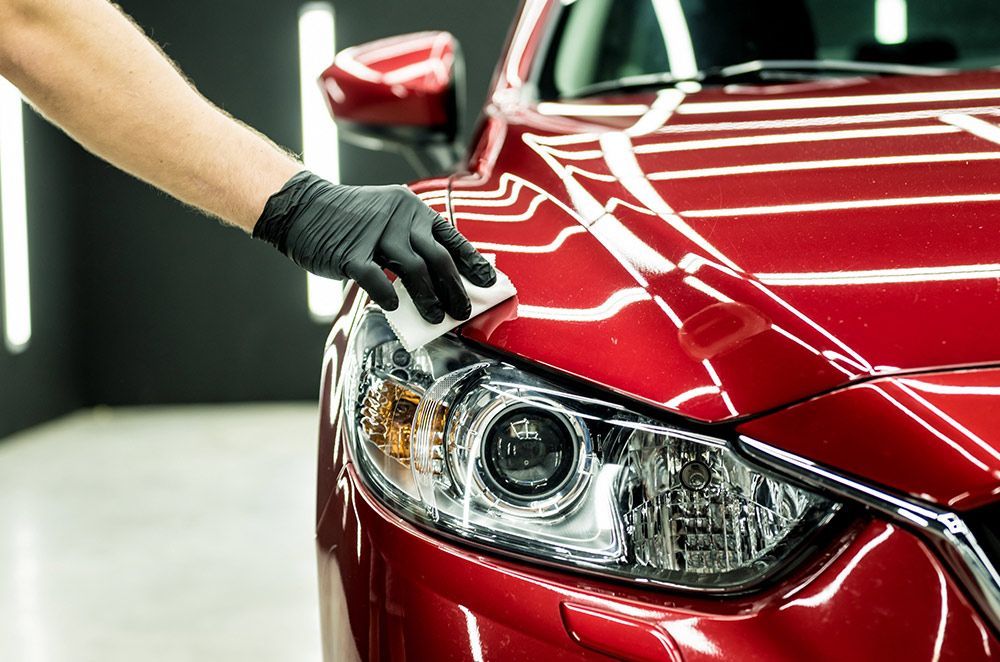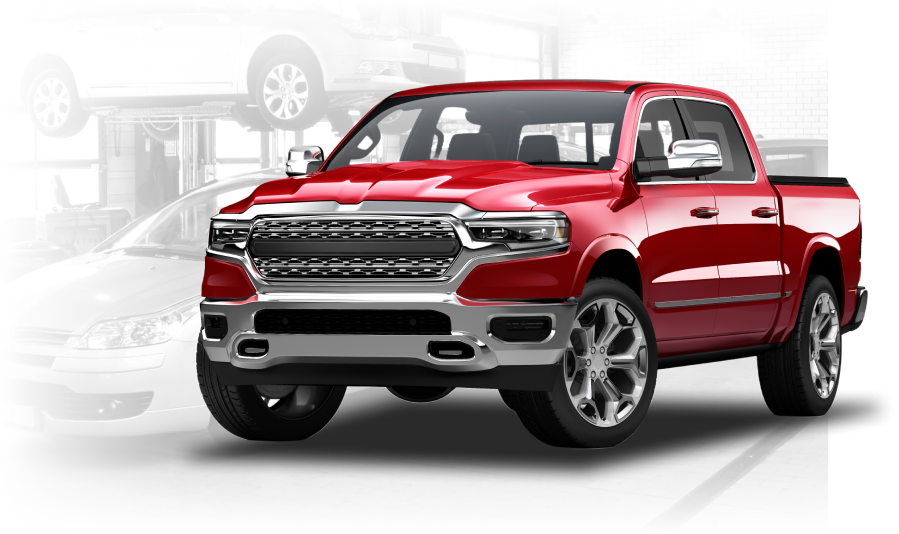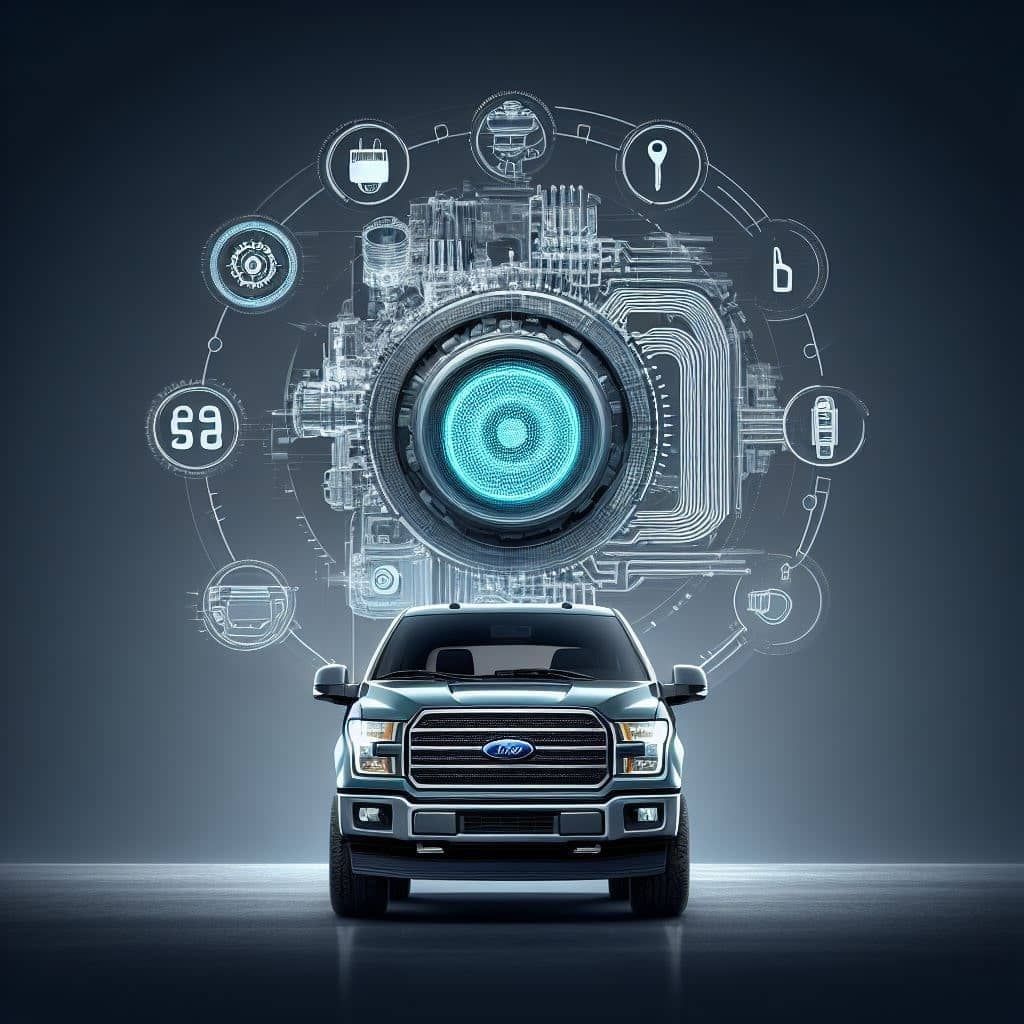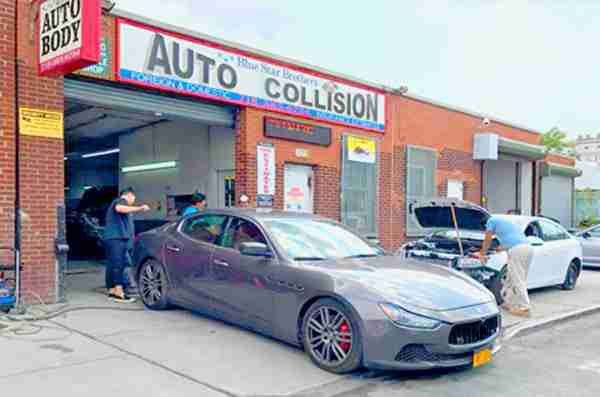Service Center
Loading ...
Missing business hours data / Error occurred while getting the data.
Collision Center
Loading ...
Missing business hours data / Error occurred while getting the data.
Understanding Engine Idle RPM: What You Need to Know
Understanding Engine Idle RPM: What You Need to Know
Table of Contents:
- Introduction
- Idle RPM Specifications
- Importance of Engine Idling Speed
- Normal Idle Range
- Idle Speed Adjustment
- Engine Idle Speed Control Mechanisms
- Conclusion
1. Introduction:
Idle RPM, or revolutions per minute, refers to the speed at which your engine runs when the vehicle is stationary and the throttle is closed. It's a crucial aspect of engine operation that affects performance, fuel efficiency, and emissions. In this comprehensive guide, we'll delve into idle RPM specifications, the importance of engine idling speed, and how to adjust and control idle speed for optimal vehicle operation.
2. Idle RPM Specifications:
Idle RPM specifications vary depending on the vehicle make and model, as well as the engine type. However, most modern vehicles have idle RPM ranges typically between 600 to 900 RPM for gasoline engines and 600 to 750 RPM for diesel engines. These specifications are set by the manufacturer to ensure smooth engine operation and meet emissions standards.
3. Importance of Engine Idling Speed:
Proper engine idling speed is essential for several reasons:
- Smooth operation: The correct idle RPM ensures smooth engine operation and minimizes vibration and noise.
- Fuel efficiency: Maintaining the correct idle speed helps optimize fuel consumption and reduce emissions during idle periods.
- Emissions compliance: Idle RPM specifications are designed to meet emissions regulations and minimize pollutants released into the atmosphere.
- Component longevity: Maintaining a consistent idle speed can prolong the lifespan of engine components such as the alternator, water pump, and power steering pump.
4. Normal Idle Range:
As mentioned earlier, the normal idle range for most vehicles falls between 600 to 900 RPM for gasoline engines and 600 to 750 RPM for diesel engines. However, it's essential to refer to the vehicle's service manual or consult a professional mechanic to determine the specific idle RPM specifications for your vehicle.
5. Idle Speed Adjustment:
Idle speed adjustment may be necessary if your engine is idling too high or too low. Here's how to adjust idle speed:
- Locate the idle speed adjustment screw or throttle stop screw on the throttle body or carburetor.
- With the engine at operating temperature, turn the adjustment screw clockwise to increase idle speed or counterclockwise to decrease idle speed.
- Monitor engine RPM using a tachometer and adjust the screw as needed until the desired idle speed is achieved.
6. Engine Idle Speed Control Mechanisms:
Modern vehicles are equipped with electronic idle speed control mechanisms to automatically adjust idle speed based on various factors such as engine load, temperature, and altitude. These mechanisms include:
- Idle air control valve (IACV): The IACV regulates airflow bypassing the throttle plate to control idle speed.
- Engine control module (ECM): The ECM monitors engine conditions and adjusts idle speed by controlling the IACV or throttle position.
- Throttle body assembly: Some vehicles feature electronic throttle bodies with built-in idle speed control functionality.
7. Conclusion:
Maintaining the correct idle RPM is crucial for smooth engine operation, fuel efficiency, and emissions compliance. By understanding idle RPM specifications, the importance of engine idling speed, and how to adjust and control idle speed, you can ensure optimal vehicle performance and longevity. For professional assistance with idle speed adjustment or any other automotive services, visit Blue Star Brothers.
In conclusion, understanding engine idle RPM is essential for maintaining vehicle performance and efficiency. By adhering to idle RPM specifications, adjusting idle speed as needed, and utilizing modern idle speed control mechanisms, you can keep your engine running smoothly and efficiently for years to come.
Keyword: Idle RPM specifications,
Engine idling speed,
Normal idle range, Idle speed adjustment,
Engine idle speed control,
Clunking sounds over bumps
Service Center
Loading ...
Missing business hours data / Error occurred while getting the data.
Collision Center
Loading ...
Missing business hours data / Error occurred while getting the data.
Loading ...
Missing business hours data / Error occurred while getting the data.
Auto Spa & Detailing
Blue Star Brothers - Glendale 79-59 Cooper Ave, NY, NY 11385 (718) 712-0015
Blue Star Brothers - Brooklyn, 222 India St Brooklyn, NY 11222 (718) 383-6734
Blue Star Brothers - Auto Spa, 222 Eagle St. Greenpoint, NY 11222 (718) 383-6734


